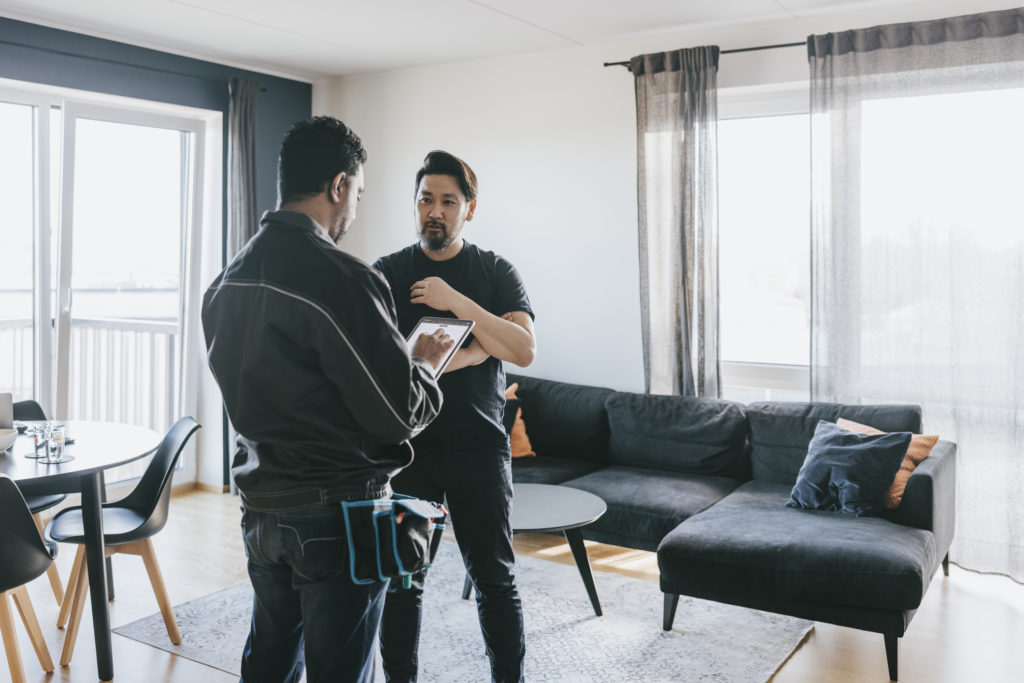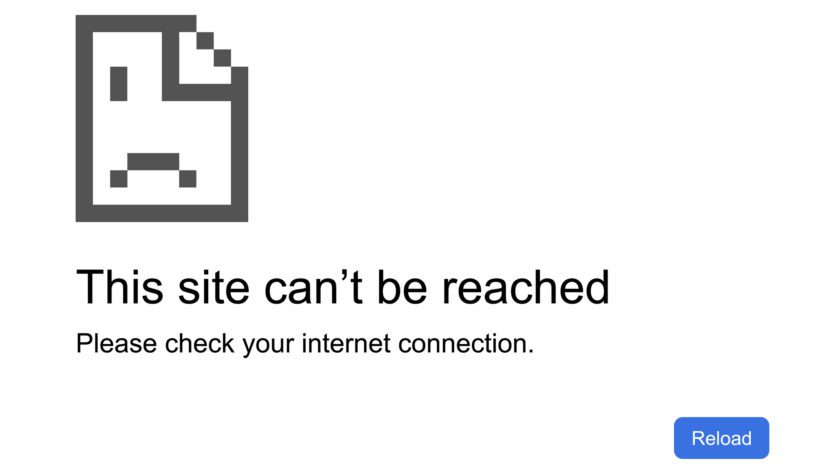Jul 19, 2022

You finally find it, your own version of heaven: a fantastic house just off the beaten path.
It couldn’t get much better—until you find out the internet is iffy or no signal exists.
So if you can’t work remotely (or watch Netflix), do you have to walk away from your dream home?
Not necessarily. Here are some expert tips that might improve the internet in the house you want to buy.
What a homebuyer can do

Never assume trusty internet service is a given in any home.
“Sellers should allow buyers to test routers, antenna, or other equipment as a contingency,” says Latoya Perkins, an agent at Virginia’s CU Realty. “In certain instances, a buyer can secure the time that may allow for internet testing before making an offer. (Just don’t do an inspection without the seller’s permission.)
Keep in mind that checking the internet connectivity requires the sellers to keep the internet service on.
The seller might be able to help
Granted, in the current competitive market, home sellers can sometimes still avoid forking over money for improvements—including internet upgrades as many homes are now sold without home inspections or repairs, says Perkins.
But sellers might have to rethink their strategy when a home has a high number of days on the market because of the internet access.
“My buyers have expressed concerns about connectivity surrounding working from home,” says Perkins. As a result, clients are asking more in-depth questions about Wi-Fi connectivity before committing to a new house purchase.
So consider sketchy Wi-Fi when you’re making an offer.
“If a property’s been on the market a while, a seller may be more inclined to negotiate a lower price or cover some of the costs to improve the internet to make the sale,” says Perkins.
Troubleshooting the Internet
You can do some of the following suggestions yourself. But if you’re not tech-savvy, call the internet service provider (ISP) or a wireless internet service provider (WISP) to diagnose and test the internet before making an offer. Here are some options you should try first.
Is the trouble with WAN or LAN?
WAN, or wide area network, is the internet connection to the home, and LAN, or local area network, is the network inside the house.
“The internet connection to a home is like a water main, and the network inside of a home is like the plumbing,” explains Hugh Bethell, general manager at Port Networks, a WISP in Baltimore. “A good way to test the Wi-Fi connection is by plugging a device in through an ethernet cable. If the connection issues disappear, the WAN is OK.”
Next up, find out what’s wrong inside the house.
Find the router

If you don’t spot the router during the house tour, ask where it is.
Routers send signals in all directions, so if the router is locked in the storage cabinet, wall panel, or the basement, it could be a problem.
The router should be in an open area of the home, preferably in the center of the house or as close as possible, says Ryan Salmons, vice president of engineering at HelloTech.
If the router is outdated, try a new router to see if the signal improves.
Check different areas of the house
The signal might be sluggish in some rooms and more robust in others when a house is large.
So give the router a little boost.
Bethell says a mesh network of multiple Wi-Fi transmitters distributed around the home helps provide the best Wi-Fi. In addition, these transmitters are small and aren’t permanently attached to anything, so you or a pro can try this fix out if the seller agrees.
What internet providers serve the area?
Ask your agent what providers are available or enter the house address at the FCC Fixed Broadband Deploymentwebsite. The information isn’t always current, but it will give you a starting place to explore providers and internet speeds and see when fiber optics are coming to the area.
If you hit a wall, you might want to save time and call a WISP to assess the situation.
“If a home has an active internet connection broadcasting Wi-Fi, our WISP technicians can go into the home and address these issues,” says Salmons. “We can use Wi-Fi analyzers to pinpoint low coverage areas and provide recommendations for products and services to achieve full coverage.”

Nearly 19 million Americans—including almost one-fourth of the rural population—lack access to fixed broadband service to set threshold speeds. If the house you have your eye on fits this scenario, reach out to a WISP.
“In areas where cable or fiber hasn’t been run to every home, there are often WISPs like port networks that use transmitters on communications towers to connect homes to the Internet,” says Bethell.
And if the house sits off the main line, the local ISP could run an extension. It’s a price-per-foot rate, so it could cost a few thousand dollars (or much more) depending on how far the house is from the main line.
If the sellers are motivated, they might cover some of the connection costs.
Source- https://www.realtor.com/advice/buy/what-can-you-do-if-the-house-you-really-want-to-buy-has-sketchy-internet/






